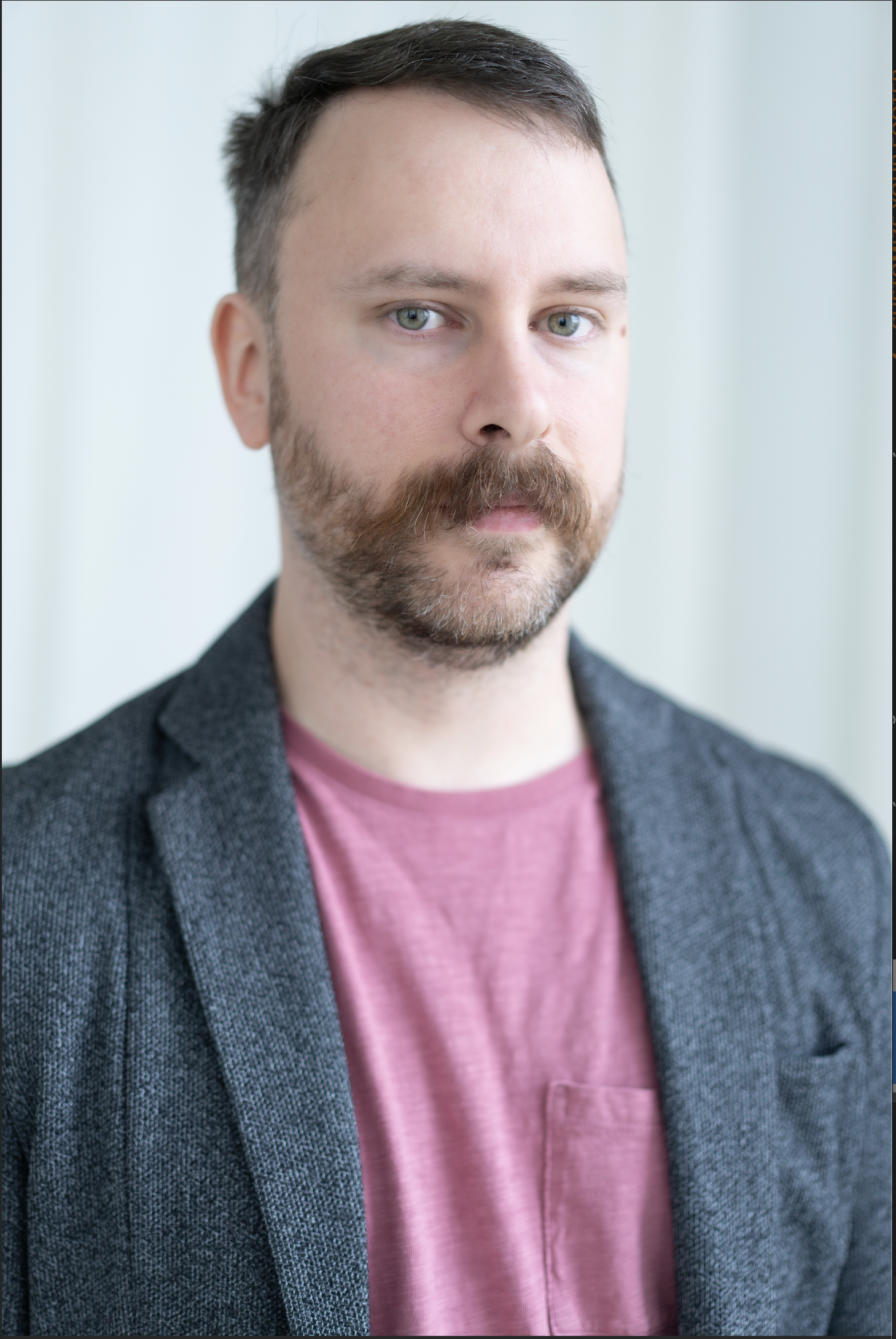40 Days of Music, Part II
Grief, pain, sorrow, loss… all emotions we associate with death. By reading the story of Jesus’ life in the gospel we learn, however, that death is not the end for those who find new life in Christ, as we look forward to the resurrection of the body and everlasting life. In this penitential season, our sorrow mixes with thanksgiving and hope as death passes into glory.
This week we glance at the Lenten hymn Stabat Mater, which brings Jesus’ mother Mary to the forefront in the Crucifixion narrative. It’s an unusual perspective, but one that many women have related to over history, as war and conflict forces many a mother to bury their own son. We also revisit the spiritual “Were You There” in a more idiosyncratic interpretation, as well as another version of the Seven Last Words.
Stabat Mater trad. Polish melody, arr. Bartosz Izbicki, sung by Jerycho.
The Stabat Mater hymn dates back to the 13th century, and was written to bring perspective to Jesus’s mother, who according to John 19:25, visited Jesus while on the cross. In this multi-stanza hymn, we are invited to share in Mary’s sorrow as she witnesses the Son of God being shamed, tormented and killed by his captors. The last stanza tells of hope in the resurrection:
When my body dies, grant that my soul
is given to the glory of paradise. Amen.
This setting covers the first 10 stanzas of the Stabat Mater hymn. A literal English translation can be found here.
Jerycho is a Polish men’s choir specializing in medieval polyphony and plainchant. Their singing style is influenced by folk song, as well as Byzantine and Mozarabic religious chant.
Were You There sung by Diamanda Galás (1955-)
Diamanda Galás is a Greek-Egyptian-American singer, pianist and visual artist with a large body of recorded work and live performance. Described by Ian Penmen as “a mourner for the world’s victims”, her work deals overwhelmingly with themes of oppression, racism, and genocide. In the 1980’s she dedicated much of her work to bringing attention to the AIDS epidemic, and was arrested in 1989 in St. Patrick’s Cathedral in New York City, after staging an impromptu performance art piece to bring attention to the Roman Catholic Church’s indifference to the AIDS and HIV crises. In addition to her covers of Afro-American spirituals, she has also written music about the Armenian genocide. This interpretation of “Were You There” is typical of Galás’ style, with intense, acrobatic vocals and a harsh, percussive piano style influenced by jazz.
Sitio for three sopranos, tenor saxophone and accordion, composed by Wingel Pérez Mendoza
“Sitio”, Latin for “I am thirsty”, is one of the seven sentences spoken by Jesus on the cross in the canonical Gospels. Pérez Mendoza’s composition was designed to be specifically performed in a cathedral space, with the performers moving around the audience, creating a stereophonic effect. The music itself consists of ghostly wordless syllables from the singers, and long tones from the saxophone and accordion. The music evokes a timeless and eerie space, though it offers some sort of redemption as a D major chord recites softly in the accordion at the ending.
Tyler Versluis


